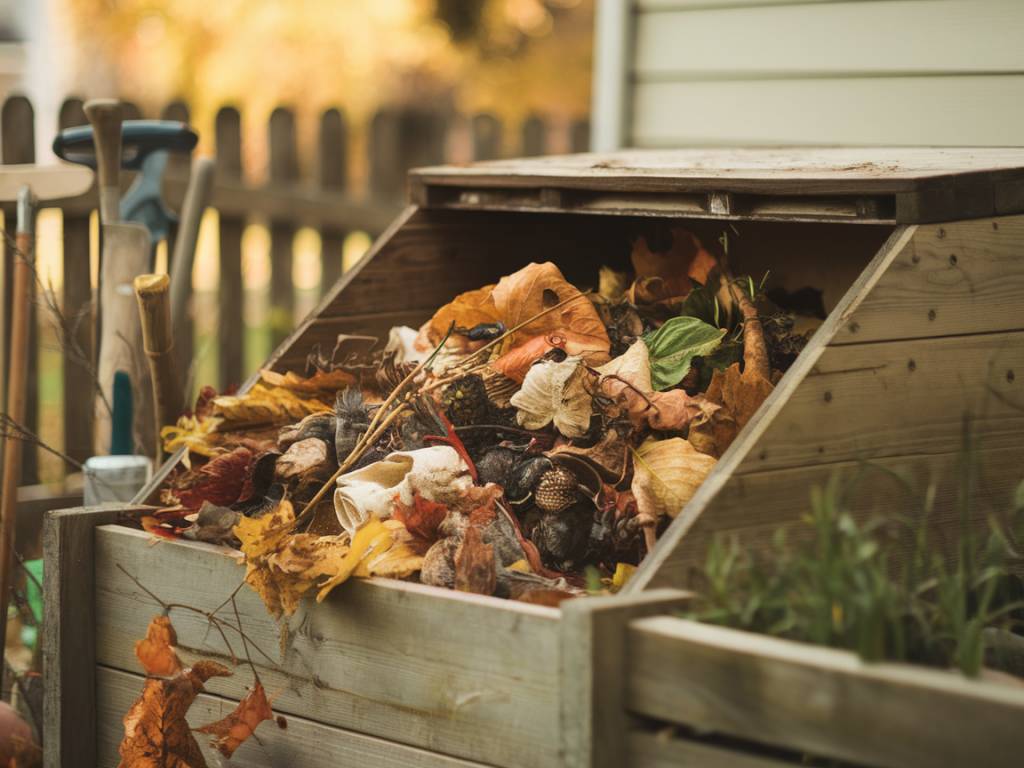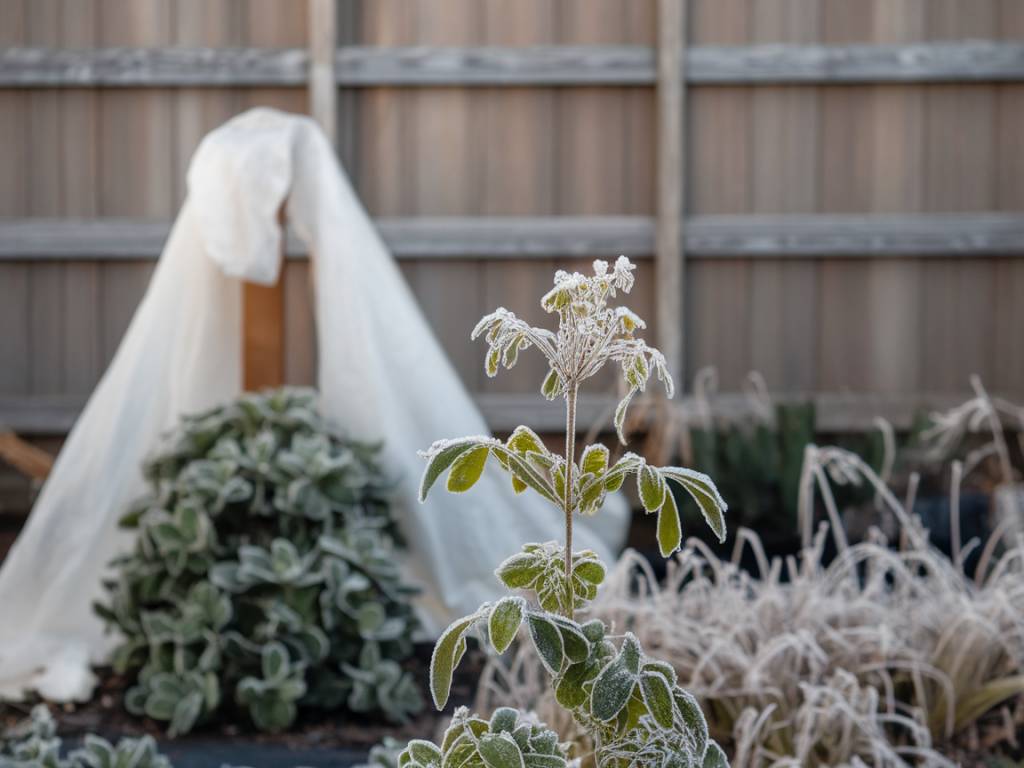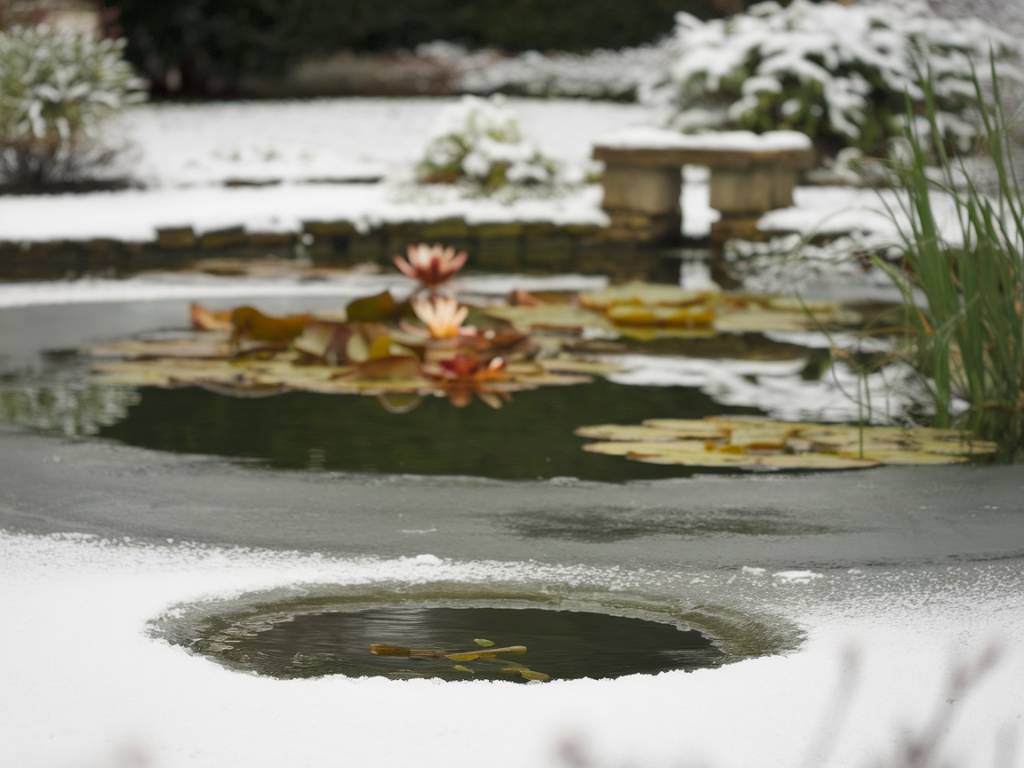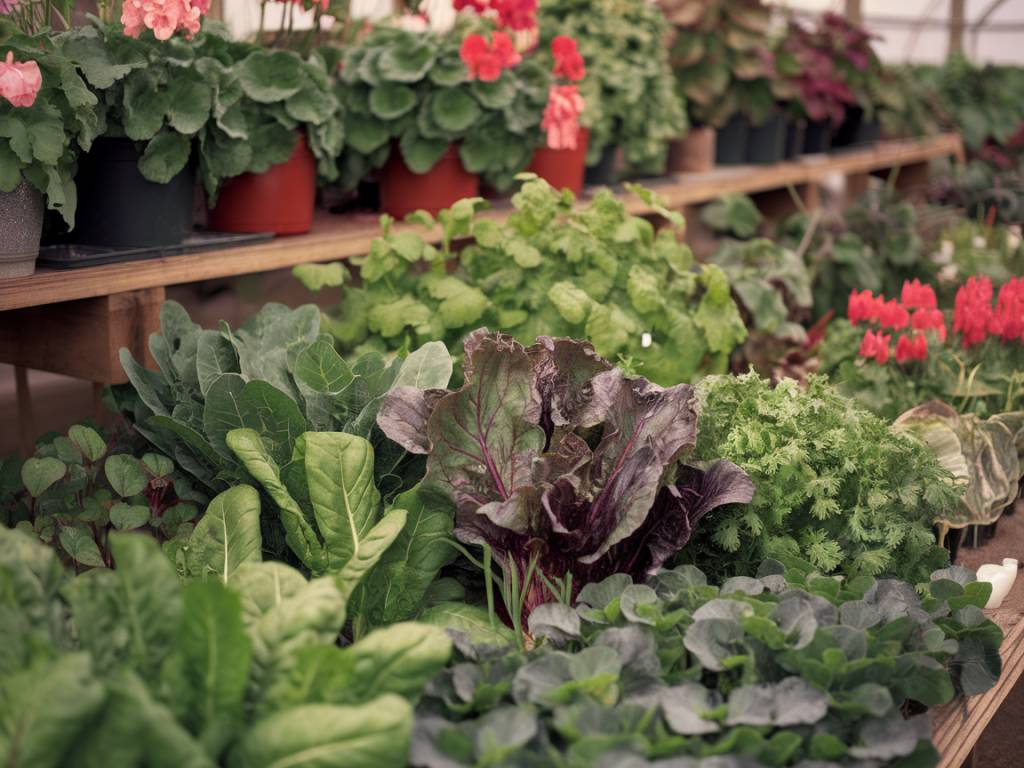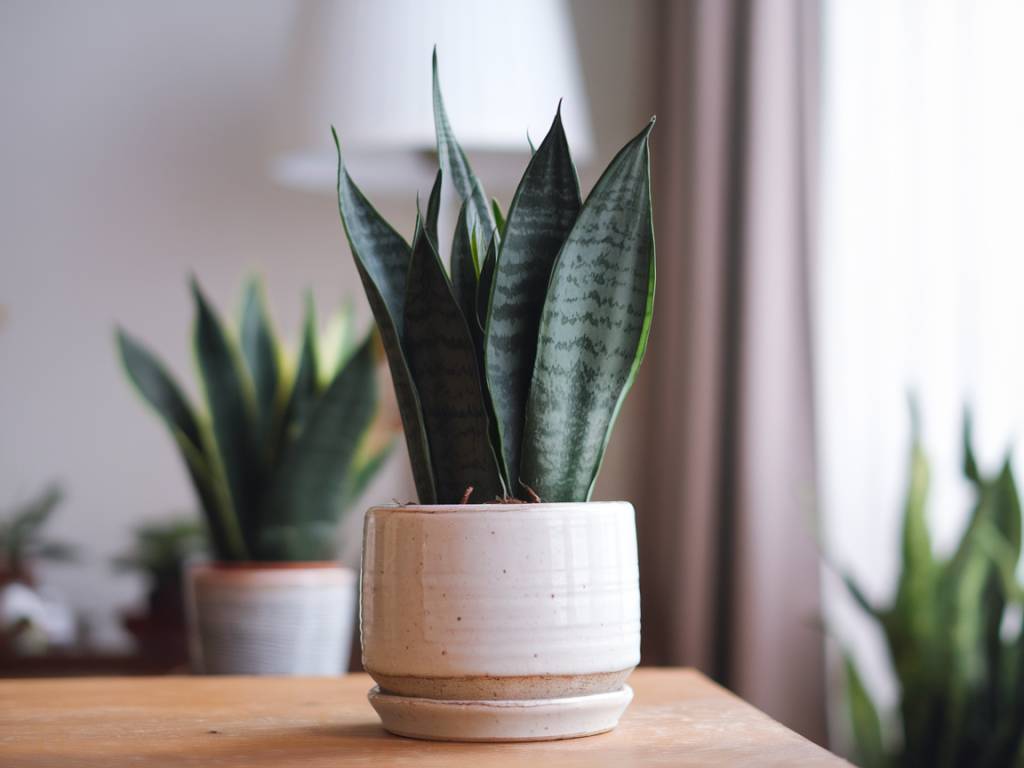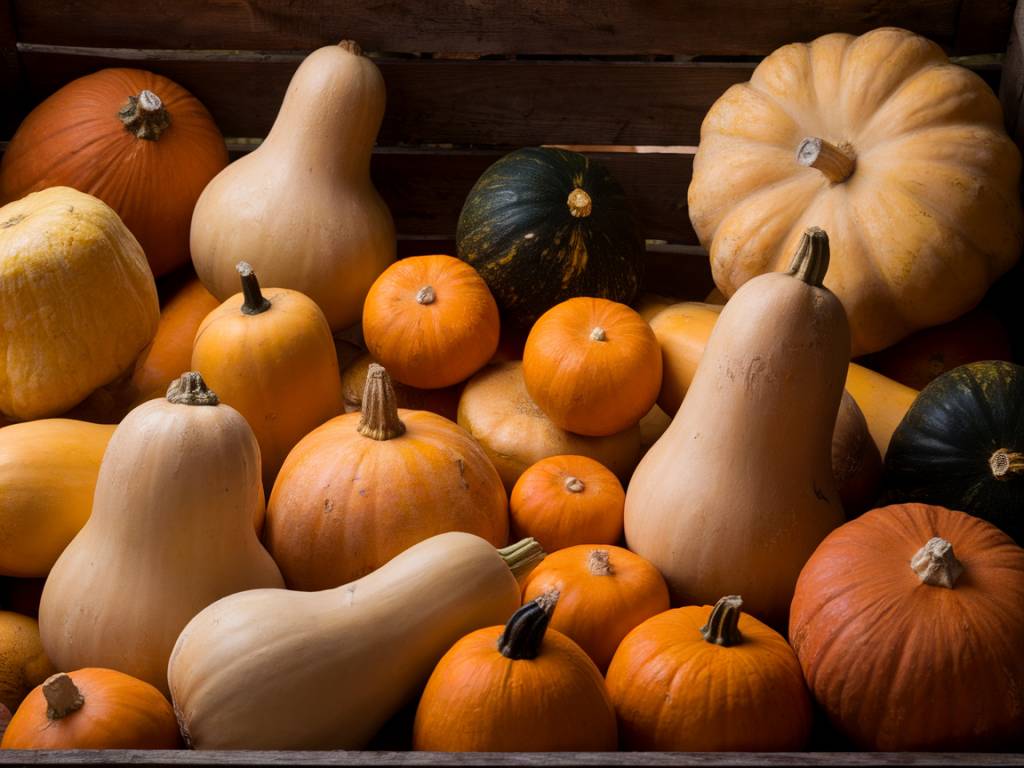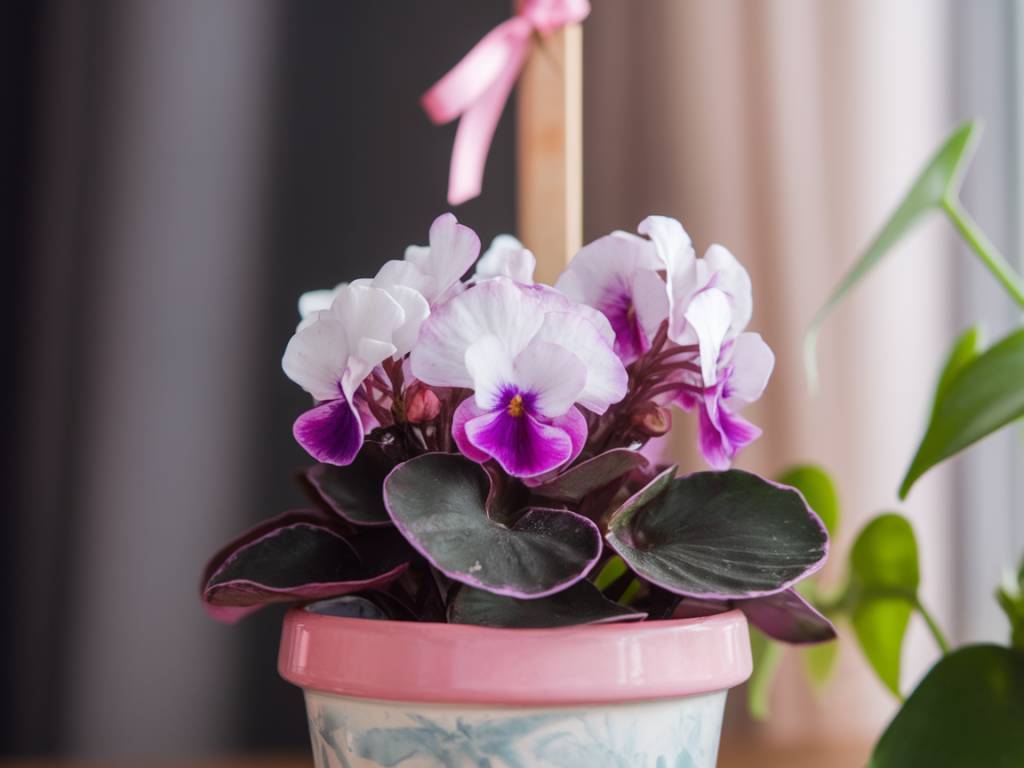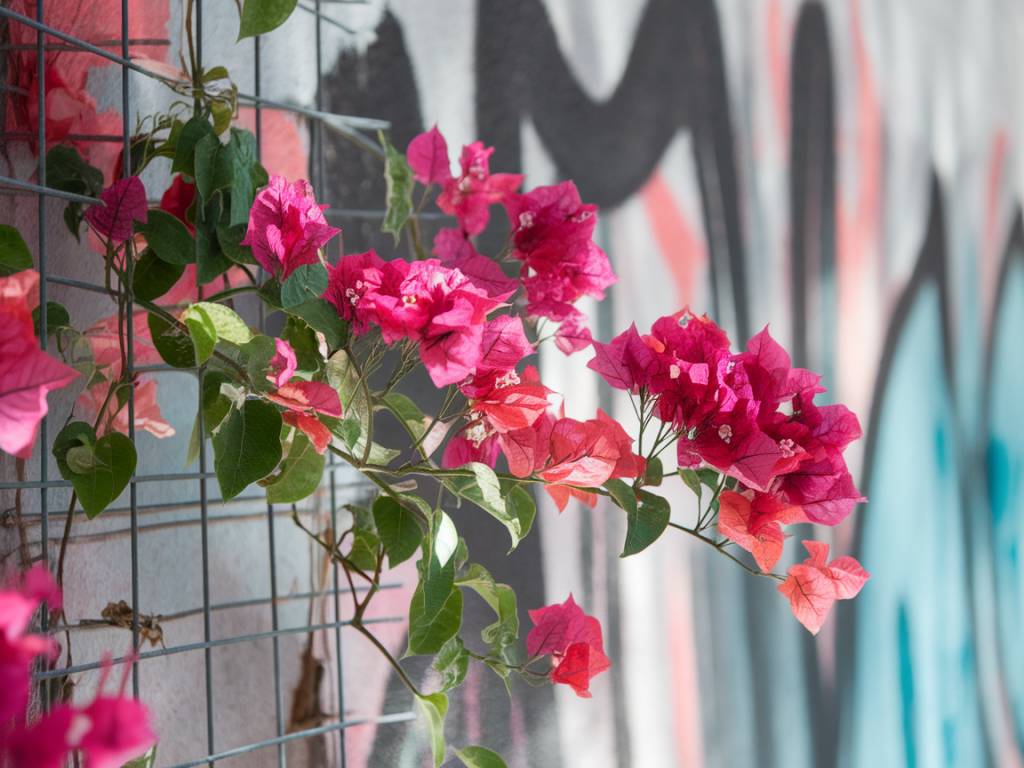As the temperatures drop and the days grow shorter, many gardeners might think it’s time to hang up their tools and retreat indoors. However, winter offers a fantastic opportunity to continue nurturing your garden through the practice of composting. If you’ve ever considered starting a compost pile, but procrastinated until now, don’t worry—it’s never too late to start. Winter composting can be incredibly beneficial for your garden and the environment. Here’s why you should consider diving in, even when the frost has kissed the ground.
The Science Behind Winter Composting
Understanding the science of composting can empower you to make the most of your efforts, even in colder months. Composting is a natural process where organic waste is broken down by microorganisms into nutrient-rich soil. The decomposition rate can slow during winter due to lower temperatures, but fear not—this doesn’t halt the process entirely. Instead, think of it as a slow-cooker for your garden’s future feast.
Microorganisms that thrive at lower temperatures, known as psychrophiles, continue to break down the material. While thermophilic bacteria, which are active in warmer temperatures, take a back seat, the psychrophiles do their work steadily. Adding compostable material regularly during the winter ensures your pile remains active and ready to accelerate decomposition once the warmer weather returns.
Benefits of Winter Composting
Winter composting offers numerous advantages that go beyond simply reducing waste. Here are some compelling reasons to keep your compost pile active throughout the cold months:
- Enrichment of Soil: Even if decomposition slows, organic material added during the winter will enrich your compost heap. Once spring arrives, you’ll have a rich, ready-to-use compost to incorporate into your garden beds.
- Reduced Waste: Composting your vegetable scraps, coffee grounds, and other organic waste reduces the burden on municipal waste systems and lowers your carbon footprint.
- Less Work in Spring: By maintaining your compost heap through the winter, you’ll avoid the rush in spring to get your pile started. It will be ready and waiting for your garden’s growing season.
- Animal Habitats: A compost pile can offer a warm refuge for beneficial insects and organisms like earthworms, which are crucial for soil health.
How to Start a Winter Compost Pile
Starting a winter compost pile is simpler than you might think. Follow these steps to ensure success:
Choose the Right Location
Place your compost bin or heap in a spot that’s easily accessible, even during snowy weather. A location with some exposure to sunlight can help to keep the pile slightly warmer.
Create a Good Base
Begin with a base layer of coarse materials like straw, twigs, or wood chips. This aids in aeration and ensures good drainage to keep your pile from becoming waterlogged.
Add Brown and Green Materials
Balance is key in composting. Aim for a mix of carbon-rich « brown » materials like dead leaves, cardboard, and paper, along with nitrogen-rich « green » materials like fruit and vegetable scraps, coffee grounds, and grass clippings.
Keep It Aerated
Aeration is crucial to the composting process. Turn your pile periodically, even in winter, to introduce oxygen. This helps maintain aerobic conditions which are essential for efficient decomposition.
Insulate Your Pile
Consider insulating your compost heap to maintain internal temperatures. Surround the heap with bales of straw or cover it with a tarp to retain some heat. By trapping warmth, you can keep the decomposition process active even on the coldest days.
Common Challenges and Solutions
Winter composting, like any gardening practice, comes with its challenges. Here’s how to tackle the most common obstacles:
Cold Temperatures
While cold can slow down the composting process, it doesn’t bring it to a halt. Regularly adding compostable material, and using thick layers of straw or a compost duvet, can help maintain a more consistent temperature within the pile.
Too Much Moisture
Excessive rain or snow can lead to waterlogged compost. Ensure your compost bin has adequate drainage and don’t forget to cover your pile with a waterproof tarp during heavy downpours or thick snowfalls.
Freezing
Frozen compost materials may not break down until they thaw, but they are still valuable additions to your compost heap. Simply continue to add scraps and browns to the pile, understanding that active decomposition will resume once temperatures rise.
Pests
Winter can drive pests to seek warmth in your compost pile. Deter them by avoiding adding meat, dairy, and oily foods. A securely closed bin or a weighted cover can also keep larger pests, like rodents, at bay.
Troubleshooting Tips for Winter Composting
The troubleshooting doesn’t stop at common challenges. Here are some tips to keep your compost pile in great shape throughout the winter:
- Monitor Moisture Levels: The compost should be as damp as a wrung-out sponge. Adjust accordingly by adding drier or wetter materials as needed.
- Turn and Fluff: Regular turning introduces essential oxygen and prevents the pile from compacting, which can hinder the composting process.
- Layering Technique: Alternate thin layers of green and brown materials to ensure an even and efficient decomposition process.
- Use Smaller Pieces: Breaking down scraps and brown materials into smaller sizes speeds up the decomposition process, making it easier for microorganisms to digest the waste, even in colder temperatures.
- Cover with Compost Blanket: Adding a layer of finished compost or soil on top acts as a blanket that insulates the heap and introduces beneficial microorganisms.
Winter Composting Success Stories
Nothing inspires like success stories. When I first began winter composting, I was skeptical about the results I might achieve. But come spring, my compost pile was brimming with rich, dark humus—ready to nourish my garden. At first, it seemed like just another heap of waste. But after maintaining good practices, the results were astounding. The soil in my garden beds is now teeming with life, from earthworms to vibrant plant growth. It makes all the effort well worth it.
Another success story from a fellow gardener shows the true power of perseverance. Unfazed by frigid temperatures, she continued to compost through a particularly harsh winter. She used straw insulation and tarp covers, and when spring finally emerged, she was rewarded with an enormous batch of nutrient-dense compost.
Why Start Now?
If you’ve been hesitating to start composting, there is no time like the present. Although it might seem counterintuitive, winter is an excellent time to begin. You’ll be ahead of the game come spring and your garden will truly thank you for it. Starting now ensures you’re planting the seeds (metaphorically speaking) for a healthier, more sustainable garden next year.
Whether you’re an experienced gardener or a novice, winter composting is a fantastic way to maintain an active role in your garden’s health year-round. By adopting these practices, not only do you reduce waste and enrich your soil, but you also stay connected to your garden even in its dormant months. So, don your warmest coat, gather those kitchen scraps, and start your winter composting journey today!
Happy Composting,
Samanta

